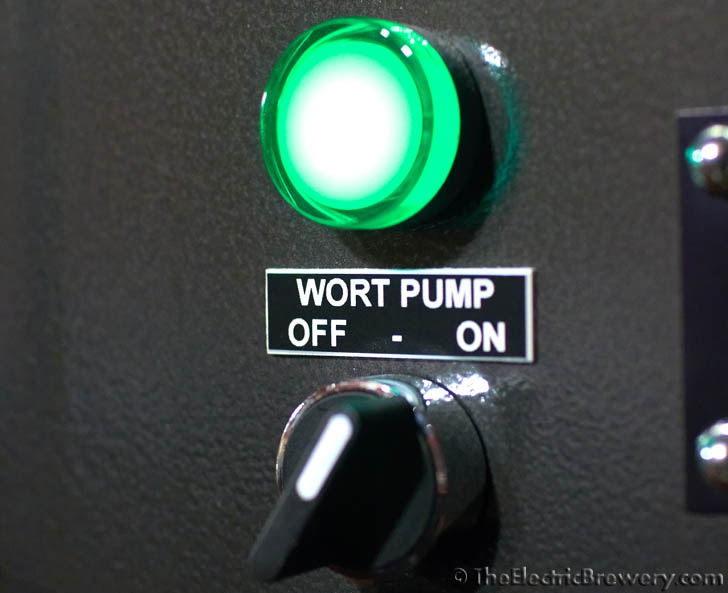I know this forum isn't Circuit Theory 101 but the capacitor at the left of the diagram is actually the impedance across which the voltage is dropped. That will certainly work but I don't see any advantage to doing it this way. A resistor will suffice. The second capacitor does reduce ripple but is un- necessary as the led's will flicker (pulse) at 120 pps - much higher than your eye can perceive.
As noted above the voltage drop or, if you prefer, current limiting is by the reactance of the capacitor. The upper resistor is indeed 470K which, if it were the current limiting element, would limit current to about half an ma. It's function is to bleed residual charge remaining on the capacitor after the circuit is de-energized. Not a bad idea from the safety point of view but un-necessary if the current limiting is done with a resistor rather than a cap. The other resistor is 470Ω and there to limit current inrush when the thing is turned on. Again, unnecessary. Is he worried the panel breaker will trip?
The bleeder resistor across the cap will see essentially the full 220V and as such will dissipate 220*220/470000 = 0.1 Watt. A quarter watt resistor will do. The inrush limiting resistor would, if the led current was 20 ma, dissipate 0.2 watt. A half watt resistor will do. The fact of being connected to the hots is not relevant here. The current flow through the resistors and their resistances is what determines power dissipation. Twenty ma through 470Ω dissipates just as much power at 1 V as it does at 220V.
Neon bulbs are pretty dim. The traditional resistor size for them is 470K so the current is half a mil as noted above. You can easily push 10 or more times that through leds (or a chain of leds as shown in the diagram). Or you can put a pair of leds back to back (in paralell) and, provided they have the necessary PIV, eliminate the bridge.
This post from yesterday discussed how to calculate the size of resistors in a circuit that used leds with high voltage.






